
Crisanto
-
Posts
10 -
Joined
-
Last visited
Content Type
Profiles
Forums
Downloads
Posts posted by Crisanto
-
-
8 hours ago, pianokeyjoe said:
You are most welcome! Yeah, that last question I can not answer. The units were not really popular here in in the USA at least I never heard of the CT620 until you posted here in 2021! And I am a serious Casio lover let me tell you what LOL!
Thank you!!
I tríed to ask the question to Casio… but no success… Anyway, I’m trying to find out… Of course, I will keep you updated
-
 1
1
-
-
Just now, pianokeyjoe said:
Glad to see you got your board in good health! Now, remember, the CT620 is the same as the CT605/606 but with stereo speakers. No other new features. The CT610 is a different beast with added stereo chorus function, and all metal case/frame.
Yes: your post was absolutely illustrative for me… thank you!!
I wonder how many units were made…
-
 1
1
-
-
-
-
11 hours ago, Chas said:
Generally speaking, a "Home Keyboard" would be an affordable all in one unit that comes with built in speaker(s), comes with a general selection of preset tones and an easy to use/ simple accompaniment section. The idea being that you can just switch it on, turn up the volume, hit start, and then play the melody with your right hand and trigger the accompaniment section with your left hand. Basically, it allows fairly rudimentary players to be a self contained all in one "band".
Of course, you can switch off the accompaniment section, and some home keyboards allow various options as to how complex or how simple the accompaniment will be.
This definition is more from the era when "professional" keyboards would be regarded as a dedicated synth/ tone generator only, with no drums/ accompaniment/ speakers. That's why when you see synth rigs in the late 70s to approx the mid to late 80s you'll see multiple keyboards, and possibly a sequencer unit and even a drum machine because the keyboards didn't have built in drums or any form of accompaniment/ sequencing.
The definition starts to get blurred from the end of the 80s onwards with the rise in popularity of "Workstation" keyboards. These did come with programmable drums and accompaniment sections, and also comprehensive sequencers, but generally they still didn't come with speakers.
Into the 90s "Arranger" keyboards became available, and these were kind of somewhere between a "Home Keyboard" and a "Workstation". Whereas Workstations often had full featured and fully programmable synth sections along with powerful sequencers, Arranger keyboards were more geared towards accompaniment "Styles" and preset tones, especially for the then new GM "General MIDI" standard.
However, as all these keyboard types evolved the lines between them get blurred. Fundamentally though, Workstations are high end, expensive and very powerful/ flexible keyboards/ synths that could easily be solely used to make full professional productions with. An Arranger keyboard wouldn't have the same level of powerful and flexible features of a Workstation, but could still be used to make a full production and would nearly always come with built in (and good quality) speakers allowing it to be a self contained and one man band instrument. A Home keyboard would be kind of a consumer orientated Arranger keyboard, with features more aimed at beginners and geared more towards simplicity than flexibility. And they would be built down and priced for the home user rather than built more substantially for the gigging/ professional user.
As said, the lines are very blurred now and it's possible to buy a modern Home keyboard, i.e. a modern Casio CTK, that is actually more powerful than an 80s Workstation. However, in the modern age a "Home Keyboard" can still generally be defined as a consumer aimed and accordingly priced all in one keyboard with built in speakers, and easy to use accompaniment.
Dear Chas,
Excellent… wonderful explanation…
Thank you very much!!
-
 1
1
-
-
On 4/27/2021 at 7:10 PM, Chas said:
Hey all,
My latest video might be of interest to some of you modern and vintage Casiotone fans. I was curious to see/ hear how the tones of the very first Casio/ Casiotone home keyboard, the 1980 CT-201, compared with one of the modern Casiotones, a CT-S300.
Casio recently (2019) resurrected the Casiotone product line name, and clearly used inspiration from their original line of Casiotone models in making modern versions in the spirit of the originals. But how do the tones compare with four decades separating them?
Obviously the CT-S300 is a modern sounding and very capable home keyboard. Meanwhile, the CT-201 is vintage, limited and has unrealistic though surprisingly unique sounding tones. And I love both of them!
Hello everybody,
In your opinion…., what are the features that make a keyboard a “home keyboard”? I mean:
Technically speaking…, when we can speak about a keyboard as being a “home keyboard”?
Thanks in advance!!
-
Hello pianokeyjoe,
Excellent info… Thank YOU so much!!!
it is really very interesting. The CT-620 appears for the 1st time in a Casio catalogue in 1985 [listed as «New»], and as far as I know, both the CT-605 and the CT-606 are earlier models…
So…, is it possible to know when did Casio stop production of the CT-620, and how many units were produced?
I tried to ask Casio about this question with no success so far…
Again, thank you very much and all the best from Galicia [North Western corner of Spain, at the very end of Europe, aka, Finis Terrae]
-
On 1/23/2021 at 8:30 PM, pianokeyjoe said:
I had one of these once, and actually it was this very same version! CT610 GOLD. It is a 61 key, METAL keyboard. There are other models that are similar in sounds and rhythms: CT605,CT620,CT310.CT430(this one has 8bit PCM rhythms),and many of the MT models we already know about here in this here Forum. The 405 would be another "like" model in terms of sounds and rhythms(fullsized version of MT65/68).
Hello,
Could the CT-620 be an “upgraded” version of the Casiotone 610? [the CT-620 was launched in 1985]
Thank you in advance!!
-
Hello!!
I’m new in the forum and I recently purchased a Casiotone CT-620 [with original box + owners manual… I will post some photos here once it reaches my hands…]
I’m interested in learning everything possible about this model: I know that it was launched in 1985 but…, when did Casio stop producing it? And…, how many units were made?
Thank you very much and all the best!!
PS: please, excuse my English mistakes…
-
 1
1
-

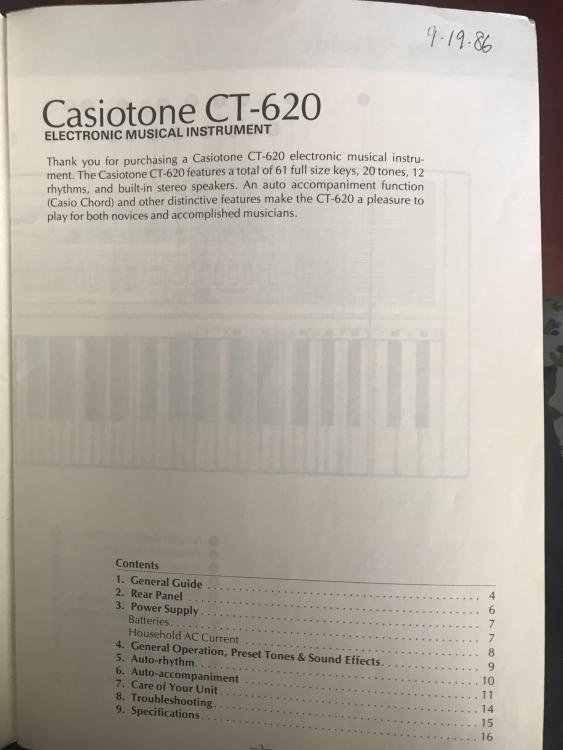
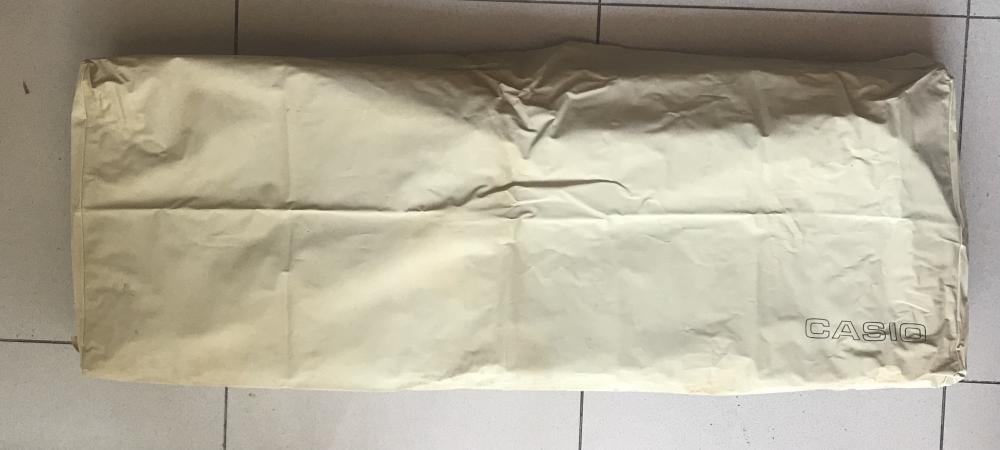
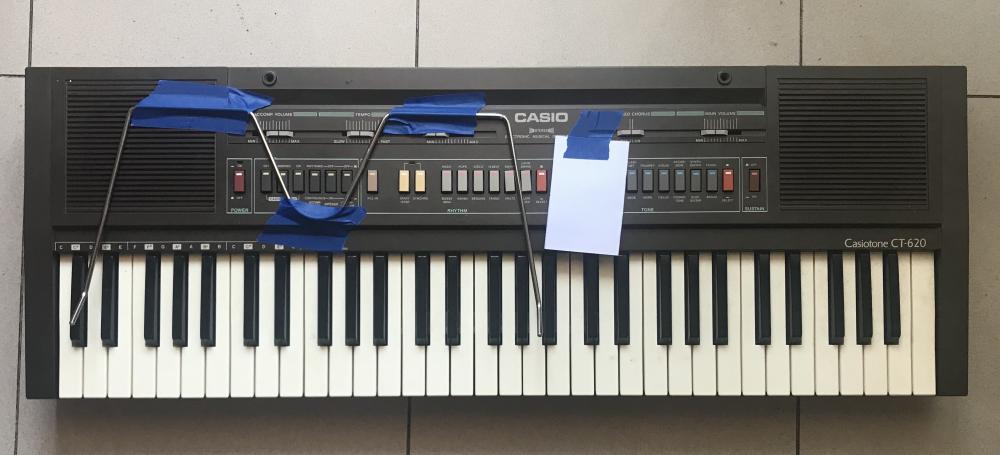
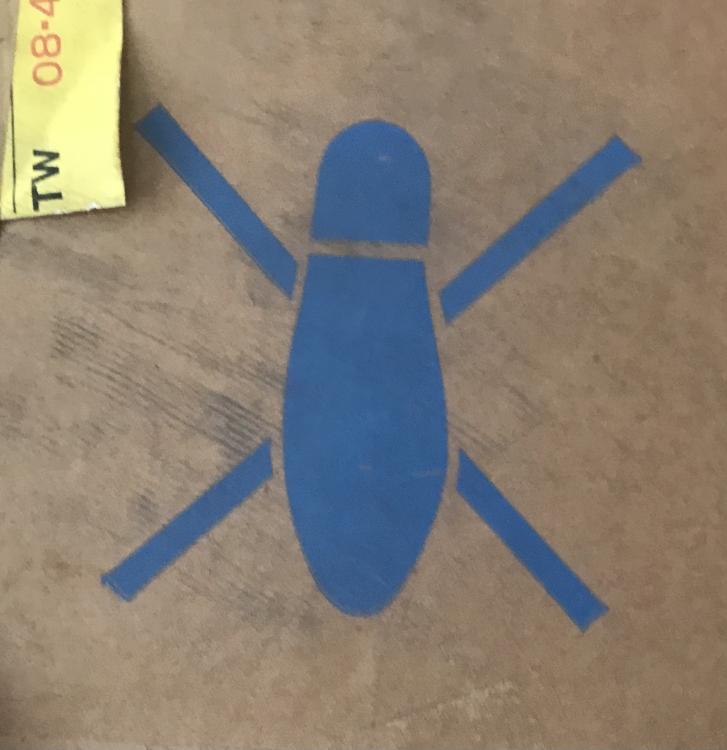
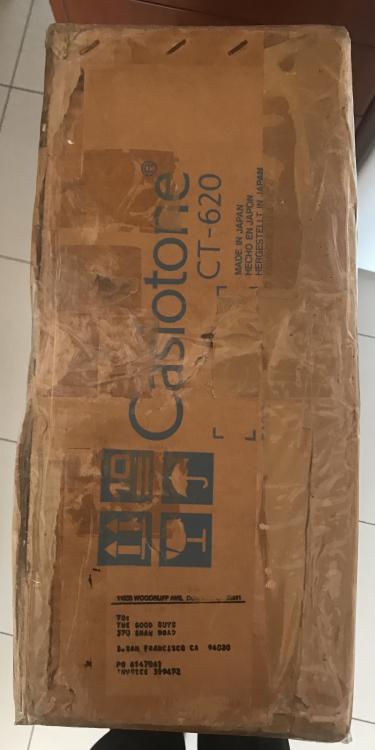
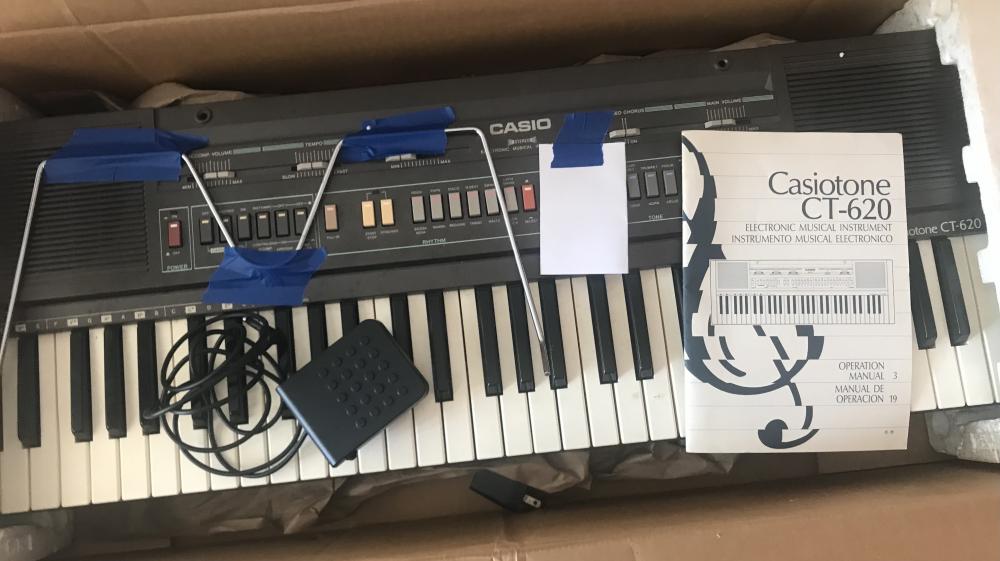

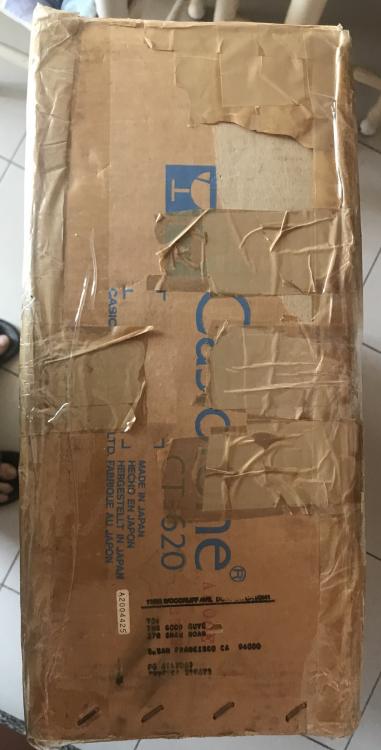
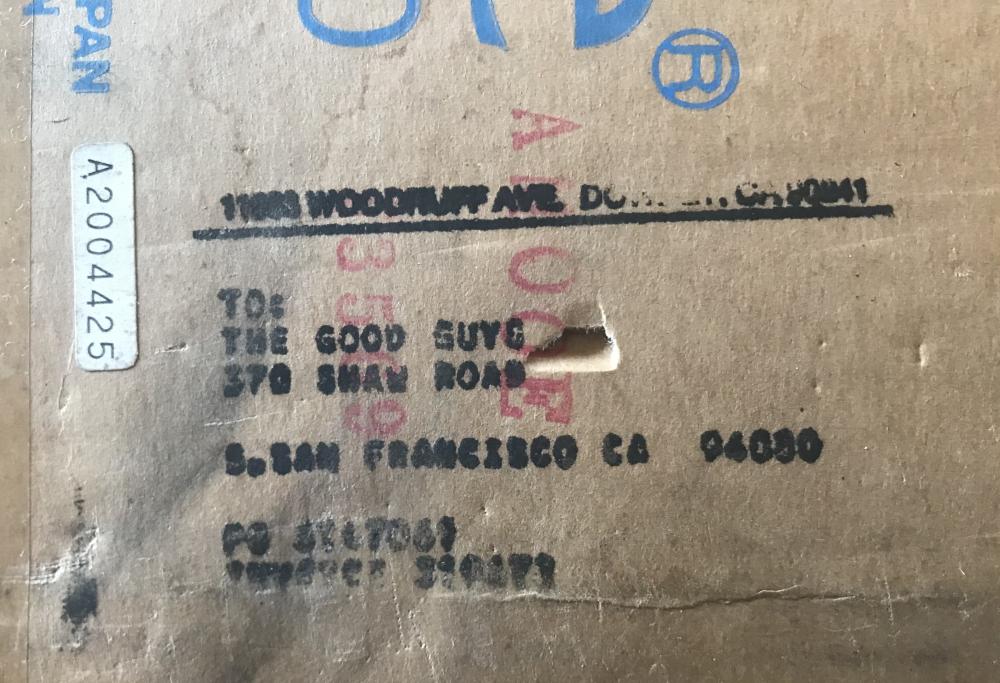
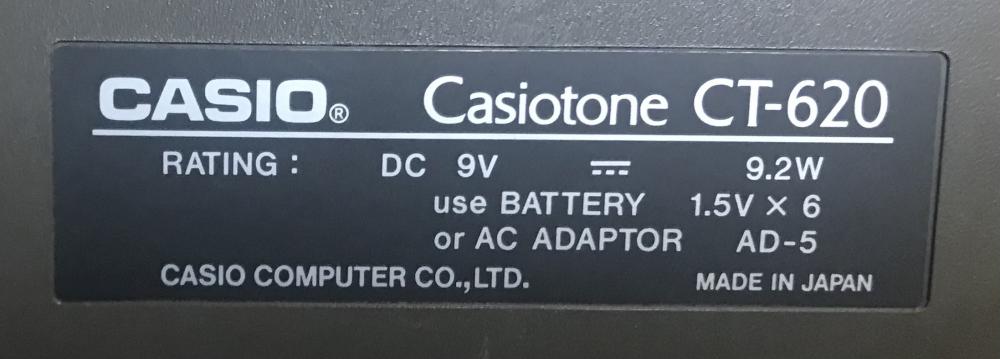
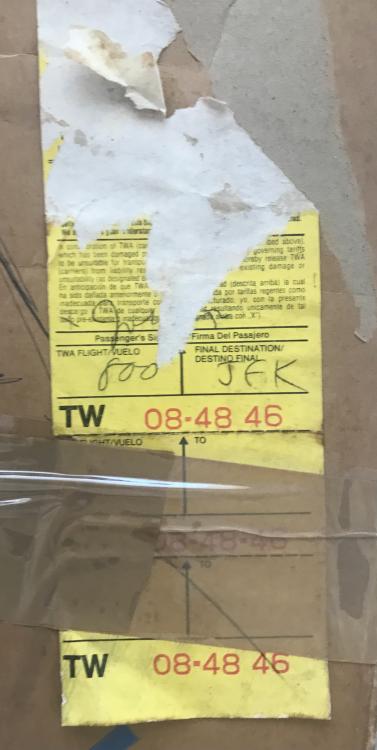
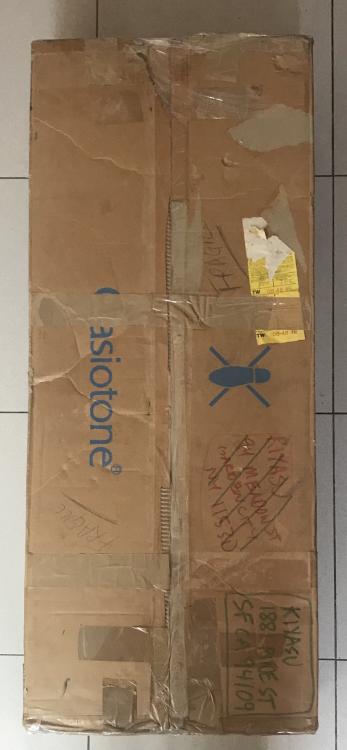

CT-620
in Classic Casio Discussion
Posted
Dear friends,
Anyone who has contact with the Casio archives in Japan? I would like to find out how many units of the CT-620 were made…
Thanks and kind regards!!